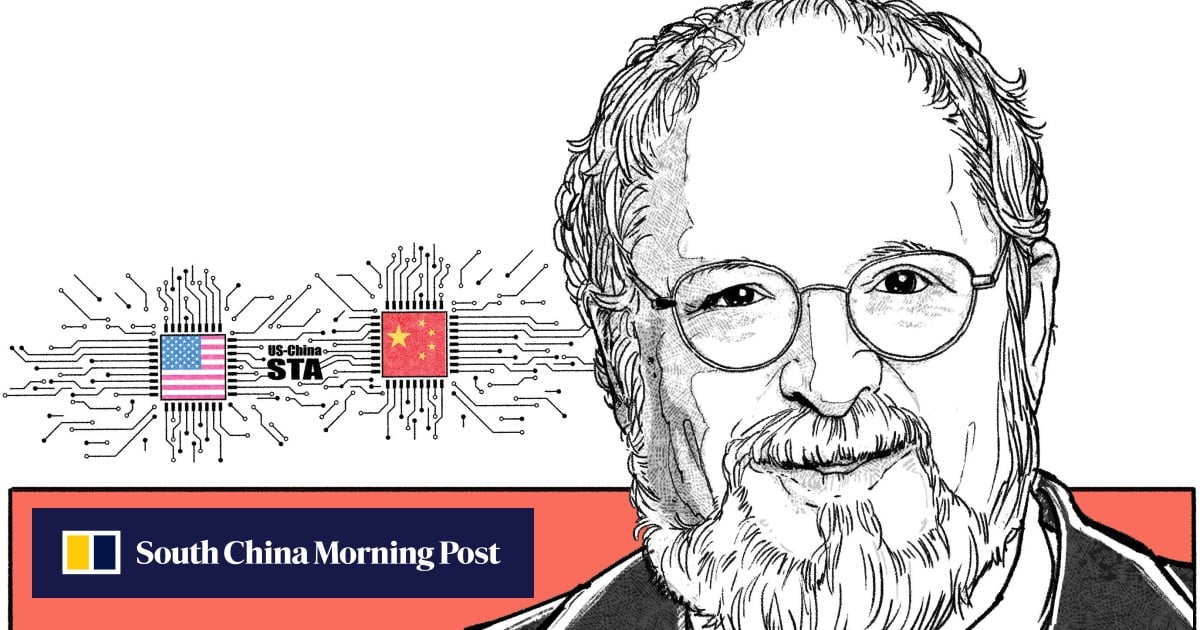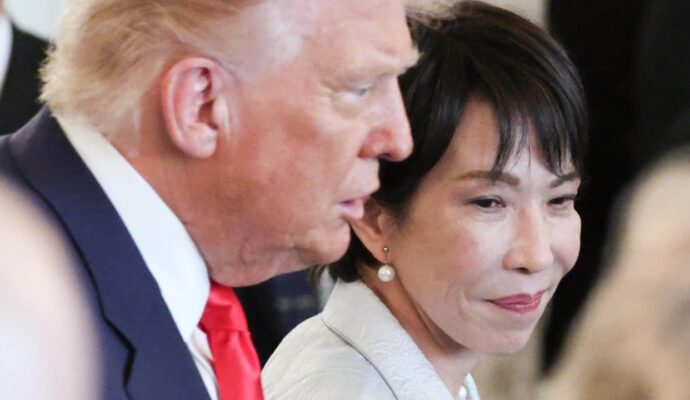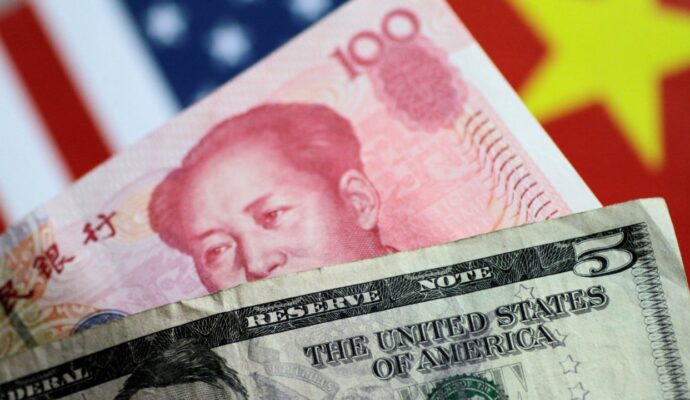
Denis Simon is one of the leading experts on US-China science and technology cooperation as well as China’s innovation system. He has held senior roles including executive vice-chancellor at Duke Kunshan University and director of the US-China programme at Pennsylvania State University.
Advertisement
Can you explain the core elements of the STA and its role in fostering scientific collaboration between the US and China? Why is it considered a cornerstone of bilateral relations, and what makes it so politically and strategically sensitive, especially in today’s geopolitical climate?
The US-China Science and Technology Cooperation Agreement (STA), first signed in 1979 during the [Jimmy] Carter administration, is the foundational legal and diplomatic framework governing official S&T cooperation between the two nations. Its core elements include government-to-government cooperation via ministries, agencies, and labs; institutional and academic exchanges, supporting researcher mobility and joint projects; joint working groups on specific fields like health, agriculture, energy and environmental science; and mechanisms for sharing data, coordinating funding and protecting intellectual property.
It is considered a cornerstone of bilateral relations because of its highly symbolic value as the first formal and peaceful engagement between the US and China after normalisation. At a time when diplomatic ties were still fragile, scientific cooperation provided politically “safe” ground to build trust. Its overall impact has been immense – it made science diplomacy real.
Advertisement
In the current geopolitical climate, the STA sits at the intersection of national security concerns (e.g., espionage, IP theft, cybersecurity), economic competitiveness (particularly in AI, life sciences, semiconductors) and techno-nationalism (growing on both sides). The very openness that once made the STA a success is now seen by some as a vulnerability. Current discussions of the STA evoke debates not just about science but about how much the US should engage with a so-called strategic competitor.
During a delegation visit to Beijing in the mid-2000s, I was part of a round table where a US scientist shared breakthrough research in clean coal technology. The Chinese side responded with enthusiastic interest, proposing a joint pilot project. The US delegation, however, hesitated – concerned that the technology might be commercialised without reciprocal IP protection. The moment highlighted both the promise and peril of STA-enabled openness. Fortunately, an agreement called CERC (Clean Energy Research Centre) was signed and it contained a detailed addendum regarding the disposition of any new intellectual capital developed under the programme.

